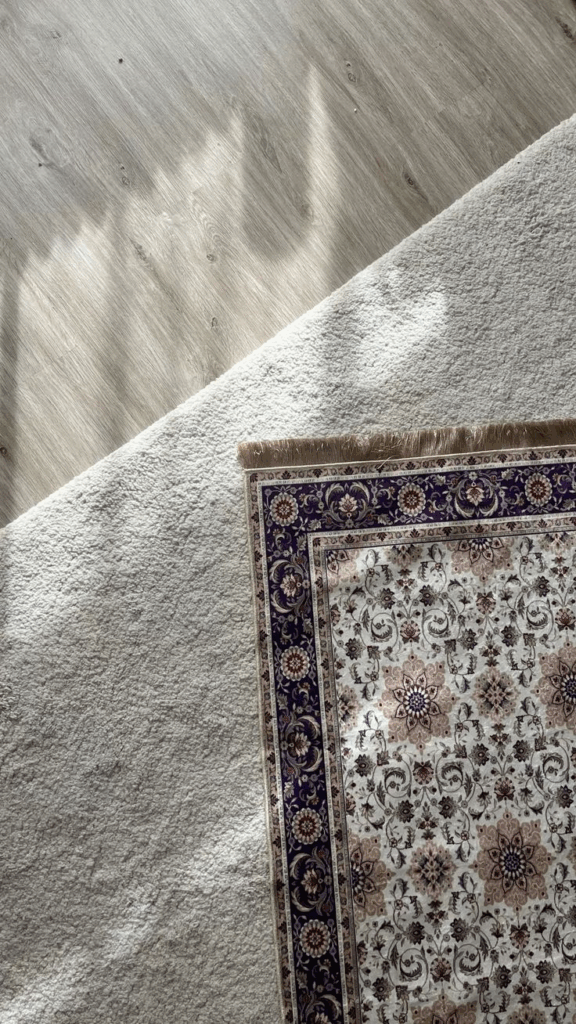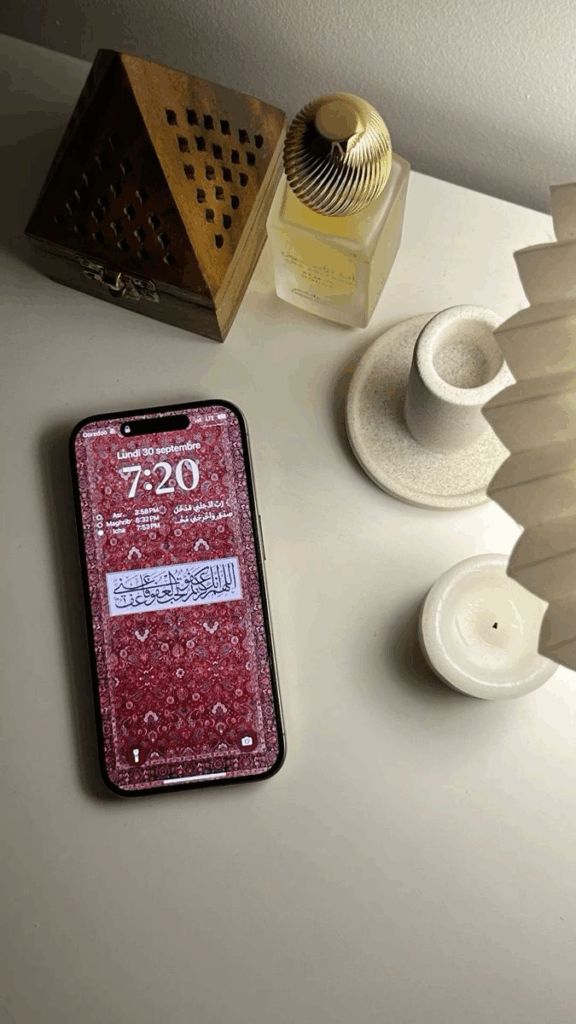

Introduction
Self-care is often portrayed as face masks, bubble baths, and expensive getaways. But for South Asian women, self-care can look radically different—and often, it must. With cultural expectations, family responsibilities, and the lingering weight of generational guilt, “taking time for yourself” can feel like a rebellion. What if, instead of adopting a Western blueprint, we reimagined self-care rooted in cultural understanding and emotional safety?
This blog post explores what a culturally safe self-care practice can look like for South Asian women—one that honors our heritage while prioritizing our well-being.
Why “Traditional” Self-Care Doesn’t Always Fit
The mainstream self-care narrative often ignores the complexities of being a South Asian woman. We’re navigating tight-knit family systems, intergenerational trauma, guilt for prioritizing ourselves, and cultural definitions of strength and sacrifice.
- Cultural Expectations: Many of us were raised with the belief that prioritizing others is a virtue. This can create guilt when we put ourselves first.
- Limited Privacy: Living in multi-generational homes means carving out space for self-care isn’t always physical—it’s emotional and mental, too.
- Language of Shame: “Selfish,” “lazy,” or “too Western” are terms that often get weaponized when we try to rest or seek support.
What Does Culturally Safe Self-Care Look Like?
- Intentional Time
Creating quiet moments between responsibilities—like sipping chai alone, journaling after everyone sleeps, or praying/meditating without obligation. - Emotional Boundaries
Learning to say “no” without guilt. Recognizing that emotional labor isn’t an endless resource. - Cultural Joy
Reconnecting with traditions that bring peace—not just obligation—like painting henna, cooking a nostalgic meal, or listening to ghazals. - Safe Expression
Allowing ourselves to cry, be angry, or speak out without labeling ourselves as “dramatic.”
Pie Chart: How South Asian Women Define Self-Care
plaintextCopyEdit| Self-Care Practice | Percentage |
|---------------------------------------------|------------|
| Alone time/quiet moments | 30% |
| Reconnecting with cultural traditions | 25% |
| Saying no/setting boundaries | 20% |
| Therapy or emotional check-ins | 15% |
| Spiritual or religious reflection | 10% |
Bar Graph: Barriers to Self-Care in South Asian Homes
plaintextCopyEdit| Barrier | % of Respondents |
|----------------------------------------|------------------|
| Feeling guilty for prioritizing self | 60% |
| Lack of physical/emotional privacy | 45% |
| Cultural expectations/family pressure | 50% |
| Fear of being misunderstood/judged | 35% |
| Financial or time constraints | 30% |
Reflection Worksheet: What Does Self-Care Mean to Me?
| Prompt | My Response |
|---|---|
| What makes me feel grounded and safe? | __________________________________ |
| What cultural traditions bring me peace (not pressure)? | __________________________________ |
| What does rest look like in my current life? | __________________________________ |
| What small boundary can I start with this week? | __________________________________ |
| When do I feel most emotionally nourished? | __________________________________ |
| How can I include my identity in my self-care practice? | __________________________________ |
Final Thoughts
Designing a culturally safe self-care practice isn’t about rejecting our roots—it’s about nurturing ourselves in a way that respects both our needs and our heritage. It’s a revolutionary act to say, “I matter too,” in a world that has taught us to prioritize everything but ourselves. And by doing so, we don’t just care for ourselves—we help heal generations.
No Responses